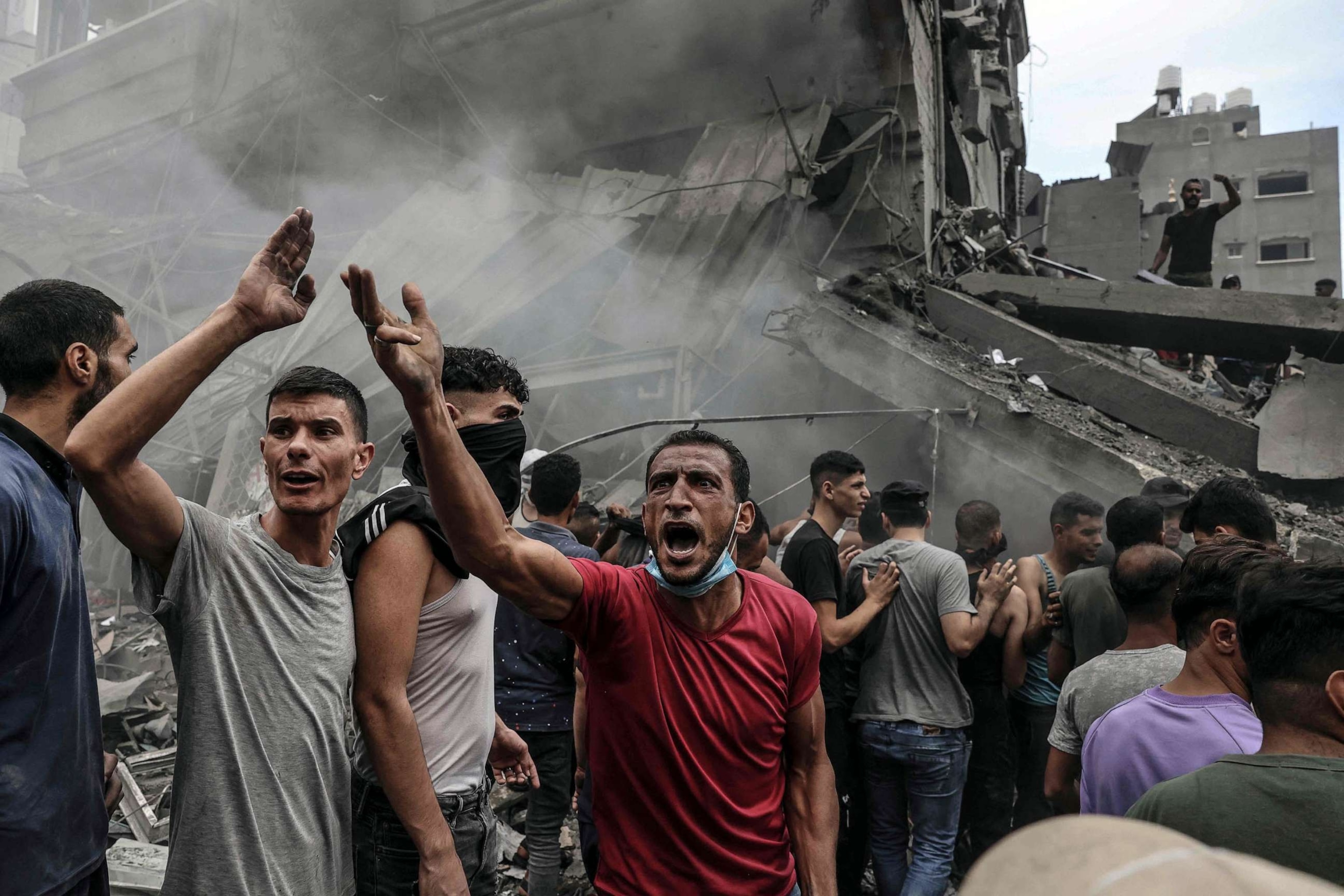What Happened
Recent events in Gaza have escalated tensions between Hamas and various factions, including the Israeli-backed Abu Shabab militia. On June 12, 2025, Hamas police reported that they killed 12 members of the Abu Shabab militia, which has been accused of collaborating with Israel. This incident occurred amid ongoing violence in the region, where humanitarian aid efforts have been severely hampered by conflict. The Gaza Humanitarian Foundation (GHF), a US- and Israel-backed organization, reported that at least eight of its Palestinian staff members were killed in a separate attack attributed to Hamas while they were en route to distribute aid.
The GHF has faced significant challenges since its inception in late May 2025, including accusations that Hamas is obstructing its operations and threatening its workers. The situation has led to widespread casualties among Palestinians attempting to access food and aid, with local health authorities reporting that at least 245 people have died while trying to reach aid distribution points since the GHF began its operations.
Key Details
-
Casualties: The GHF reported that at least eight of its staff were killed in an attack on June 12, 2025. Additionally, local health authorities have indicated that over 245 Palestinians have died while attempting to access aid since the GHF began operations.
-
Hamas and Abu Shabab: Hamas claims to have killed 12 members of the Abu Shabab militia, which has been accused of collaborating with Israel. The militia has reportedly been involved in securing aid deliveries but has also faced allegations of looting.
-
Aid Distribution: The GHF has been distributing food aid in Gaza, claiming to have delivered over 45,000 boxes of food. However, the aid has been criticized for not being suitable for immediate consumption, as it primarily consists of dry food products that require cooking equipment.
-
Israeli Military Actions: The Israeli Defense Forces (IDF) have conducted operations in Gaza, resulting in significant Palestinian casualties. Reports indicate that at least 60 Palestinians were killed on June 11, 2025, with many casualties occurring near aid distribution points.
-
Internet and Communication: A recent blackout in Gaza has disrupted communication and emergency services, further complicating the humanitarian situation.
Multiple Perspectives
The situation in Gaza is viewed differently by various stakeholders:
-
Hamas: The group maintains that its actions are necessary to combat what it perceives as threats from Israeli-backed militias like Abu Shabab. It has denied accusations of obstructing aid and has criticized the GHF as a tool of Israeli interests.
-
Gaza Humanitarian Foundation (GHF): The GHF has condemned the violence against its workers and accused Hamas of deliberately targeting humanitarian efforts. Its leadership has emphasized the need to continue delivering aid despite the risks.
-
Israeli Government: Israeli officials have supported the GHF’s operations, arguing that they are a necessary alternative to UN aid distribution, which they allege has been compromised by Hamas. They assert that Hamas has been hoarding aid for its own purposes.
-
International Organizations: The UN and other humanitarian organizations have expressed concerns about the militarization of aid distribution and the rising death toll among civilians. They argue that the GHF’s approach does not adhere to established humanitarian principles.
Context & Background
The ongoing conflict in Gaza has deep historical roots, with tensions between Hamas and Israel escalating significantly since the Hamas-led attack on southern Israel on October 7, 2023. This attack resulted in substantial Israeli casualties and a subsequent military response from Israel, which has led to widespread destruction and humanitarian crises in Gaza.
The GHF was established as a response to the perceived failures of traditional aid organizations, particularly the UN Relief and Works Agency (UNRWA), which Israel has accused of complicity with Hamas. The GHF’s operations have been controversial, as they have been conducted in a highly militarized environment, leading to increased risks for civilians seeking aid.
The humanitarian situation in Gaza remains dire, with the blockade and ongoing military operations severely limiting access to food, medical supplies, and other essential services. The recent violence has further complicated efforts to provide relief to the population, which has been suffering from significant shortages since the onset of the conflict.
What We Don’t Know Yet
Several uncertainties remain regarding the situation in Gaza:
-
Verification of Claims: The competing claims from Hamas and the GHF regarding casualties and attacks have not been independently verified. The chaotic environment makes it difficult to ascertain the full scope of violence and its impact on civilians.
-
Future of Humanitarian Aid: It is unclear how the GHF will continue its operations in light of the recent attacks and ongoing threats. The organization has indicated a commitment to delivering aid, but the safety of its workers remains a significant concern.
-
International Response: The reactions of international organizations and foreign governments to the escalating violence and humanitarian crisis in Gaza are still unfolding. It remains to be seen whether there will be increased pressure for a ceasefire or a more robust humanitarian response.
-
Long-term Consequences: The broader implications of the current violence on the Israeli-Palestinian conflict and regional stability are uncertain. The ongoing cycle of violence may lead to further entrenchment of positions on both sides, complicating any potential peace efforts.
In summary, the situation in Gaza is characterized by escalating violence, significant humanitarian challenges, and competing narratives from various factions and organizations, making it a complex and evolving crisis.


